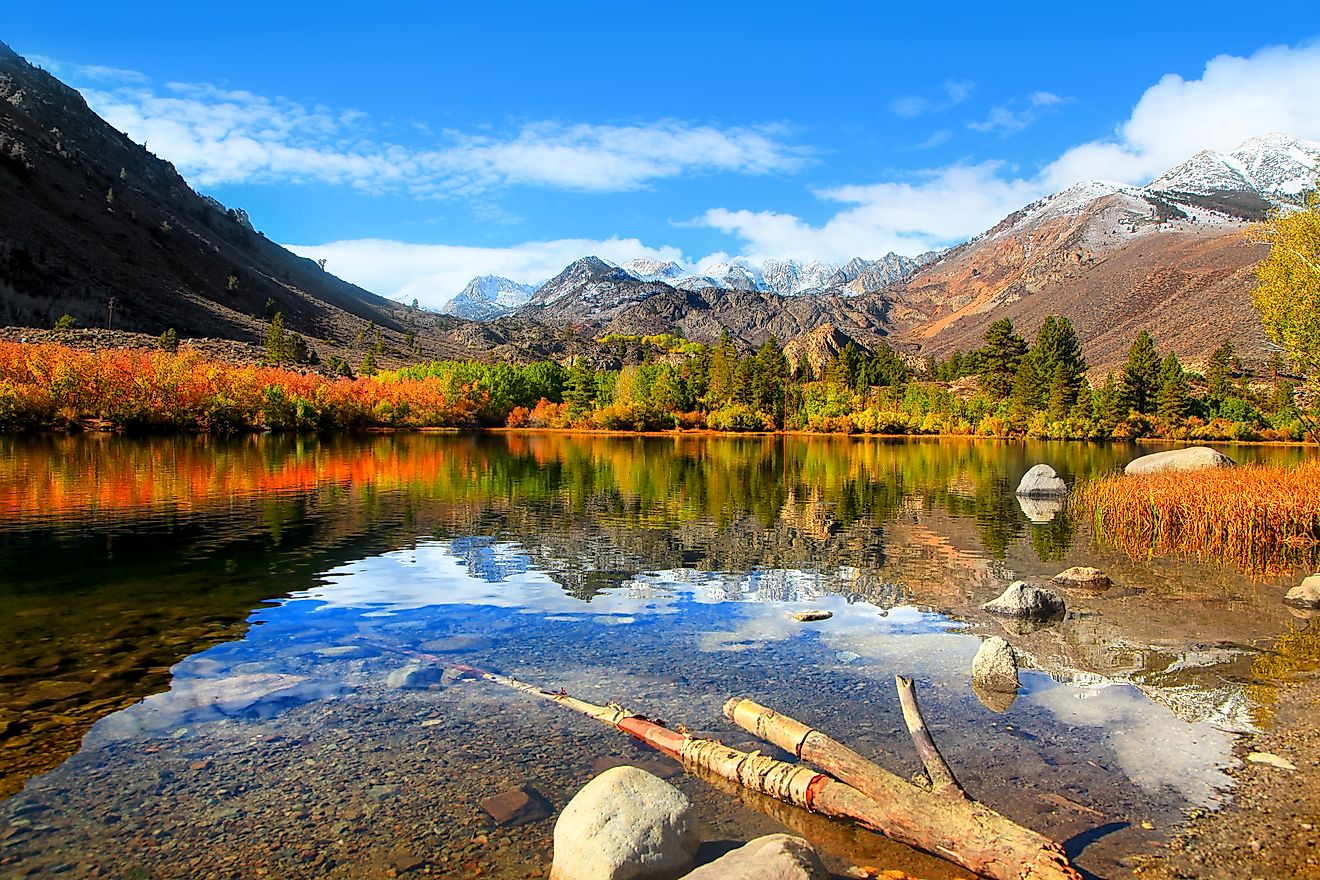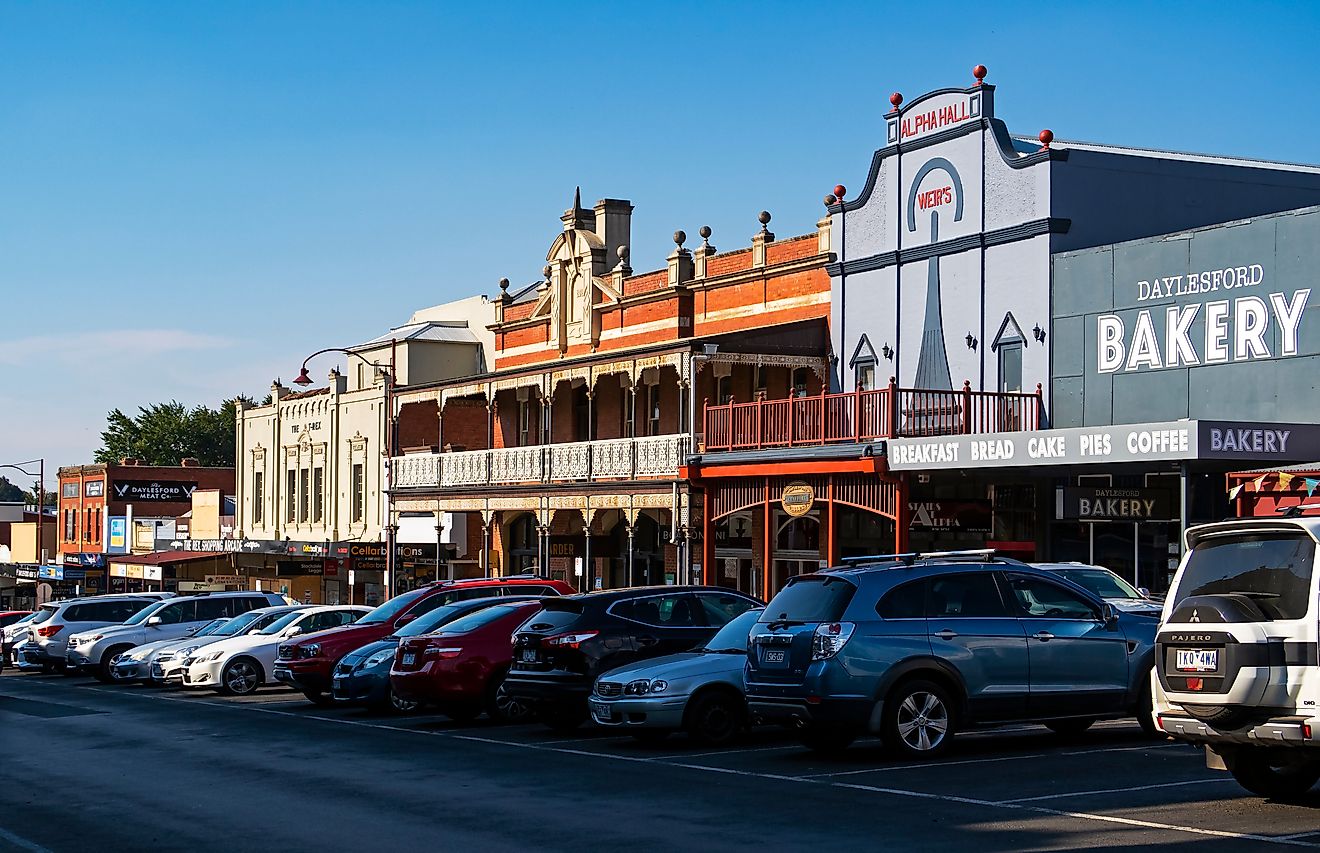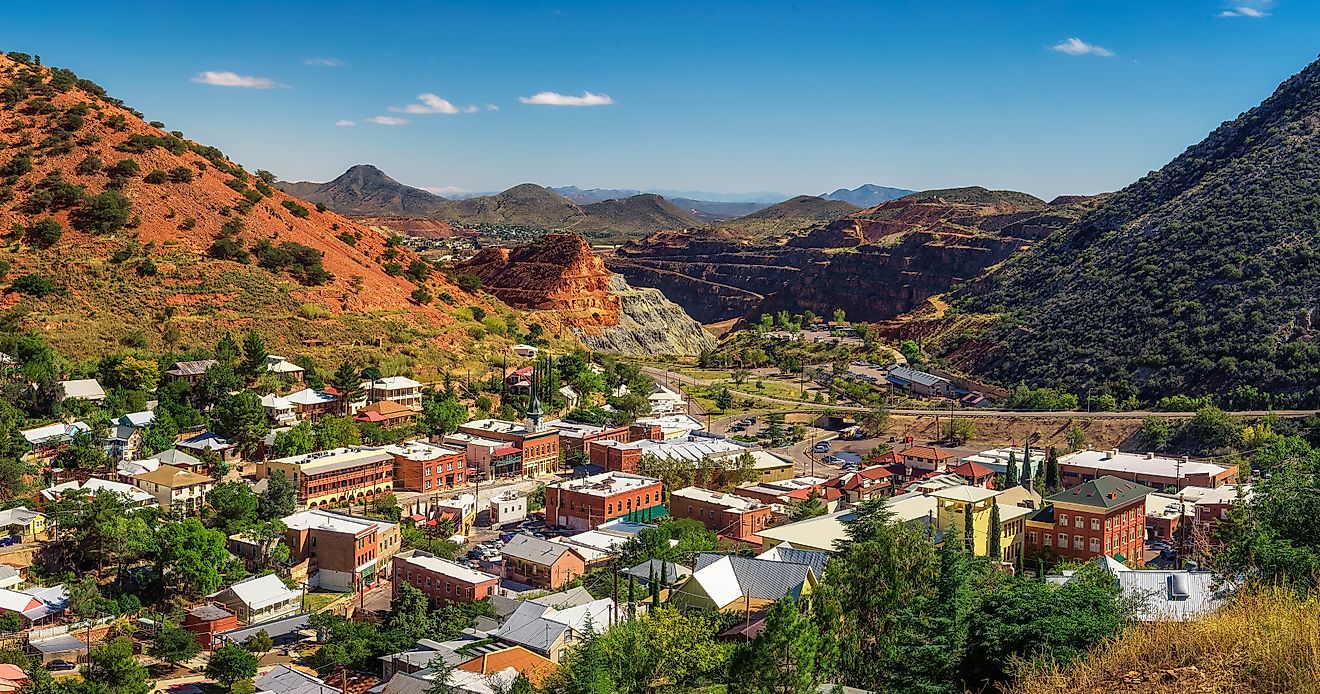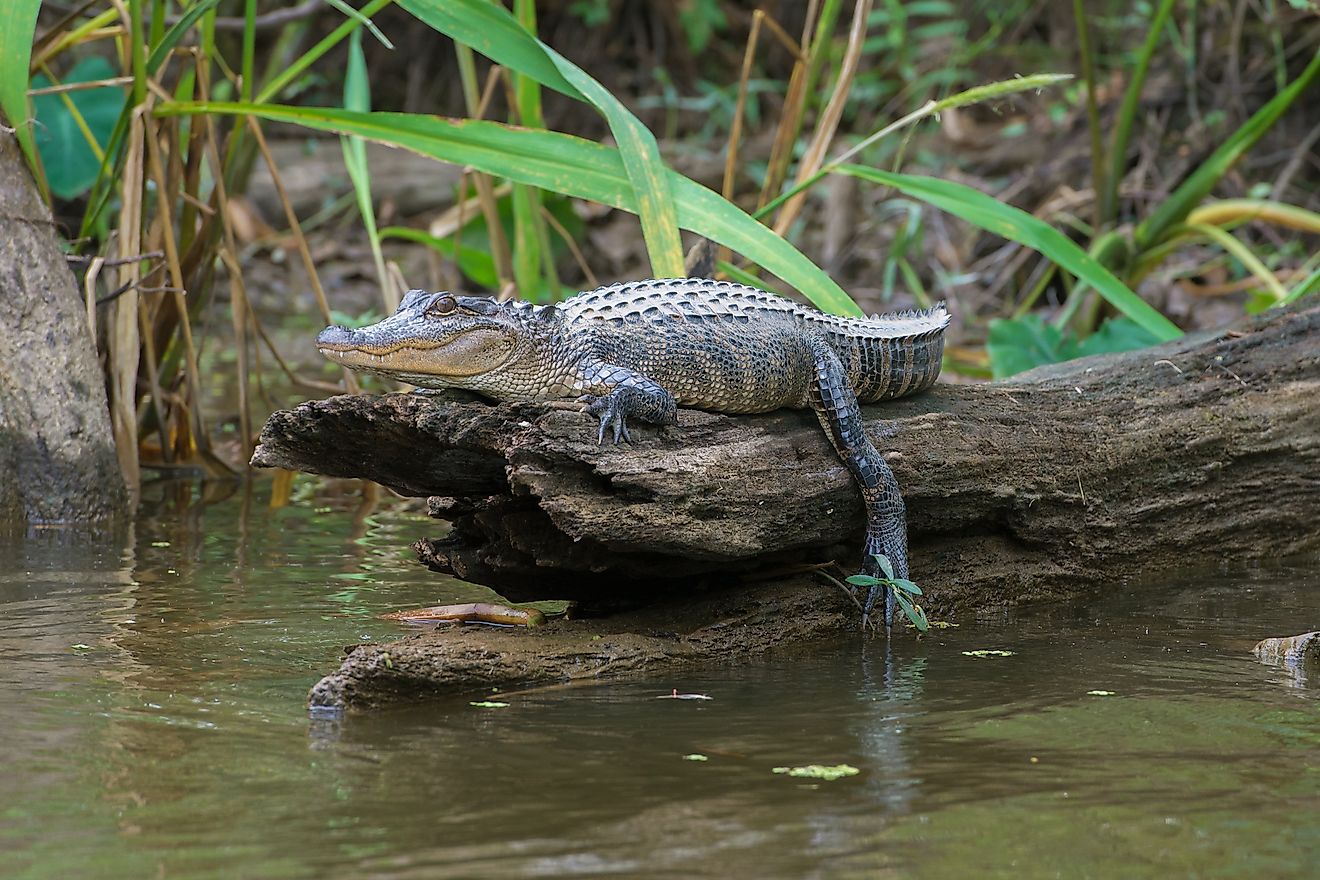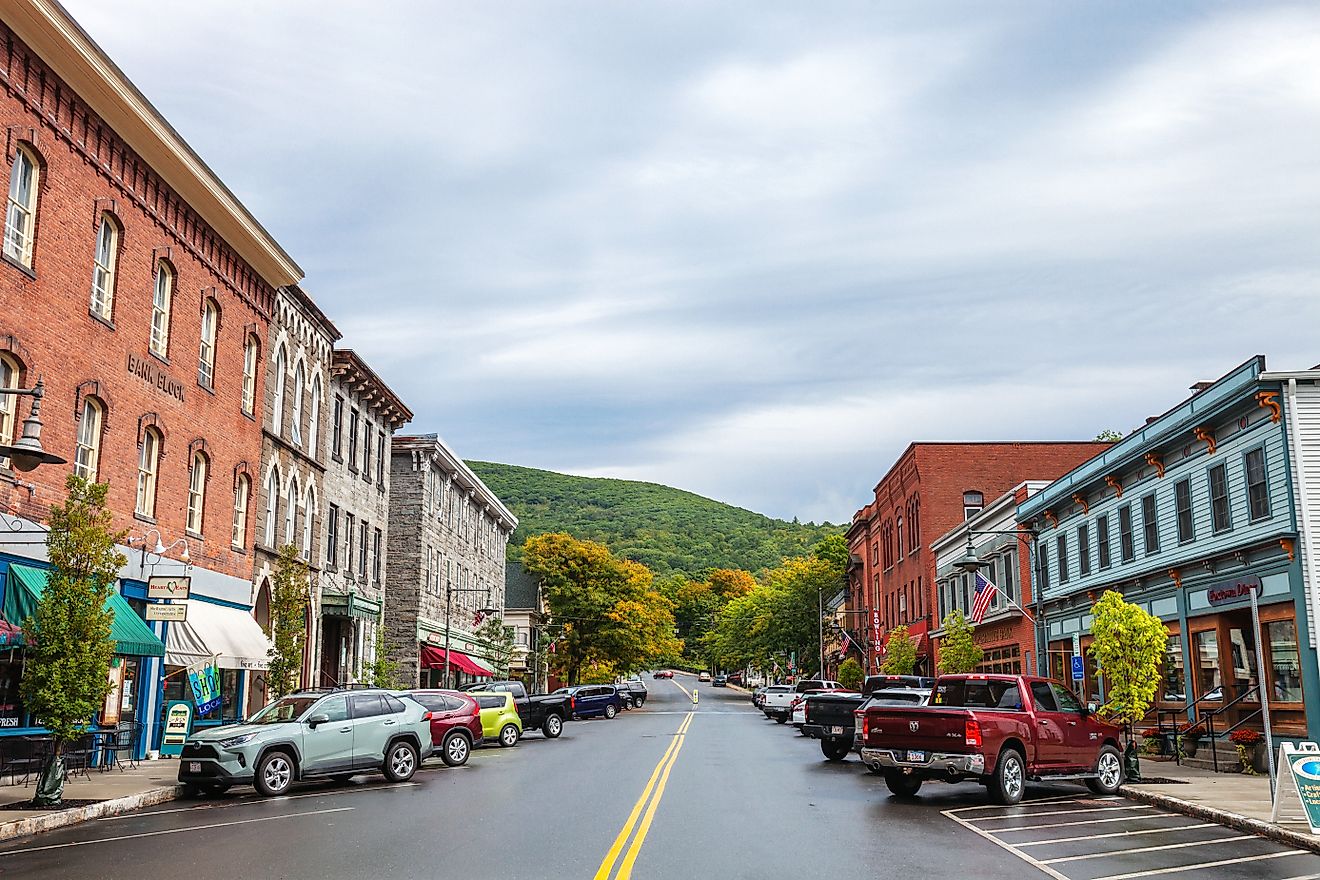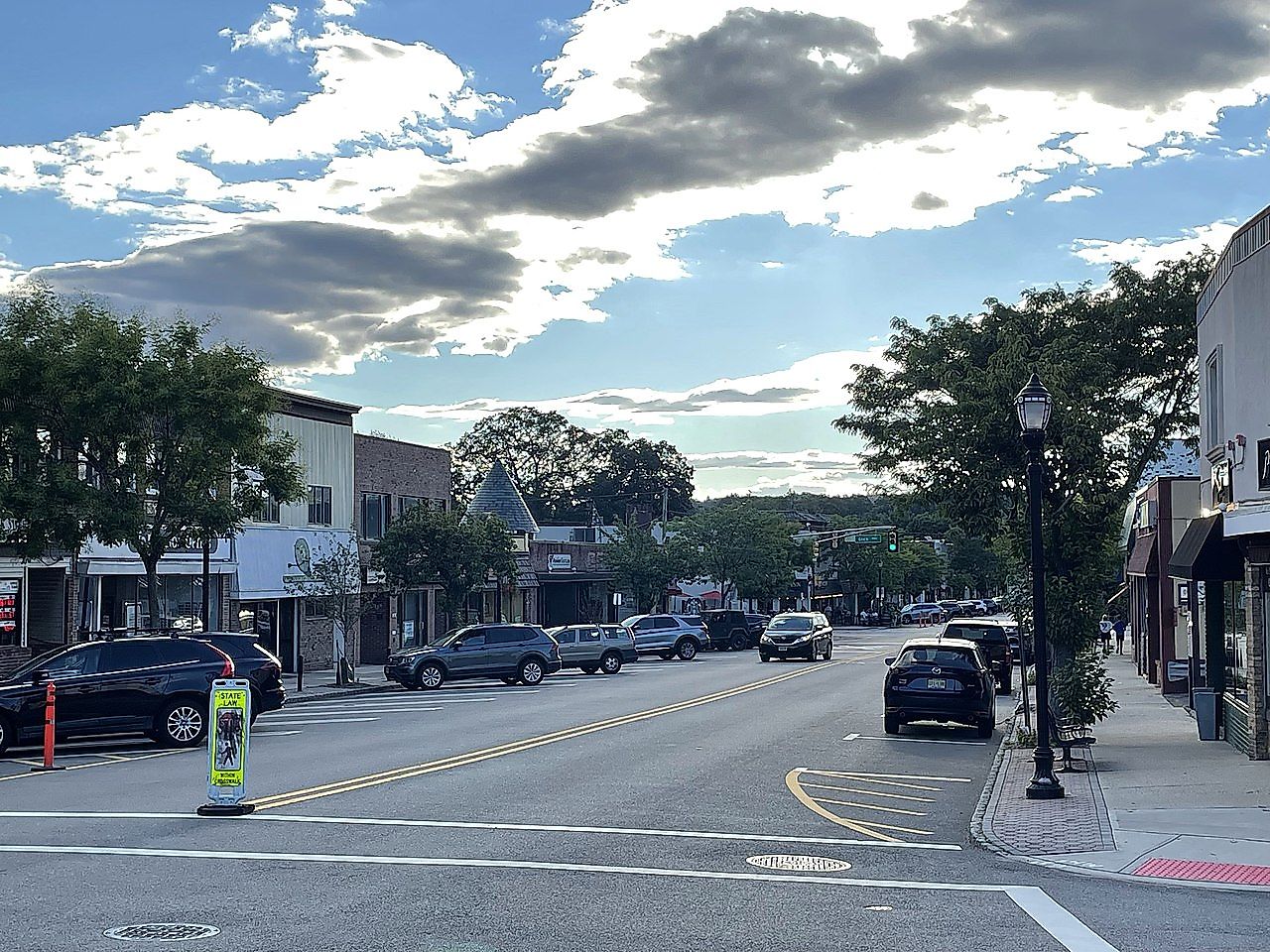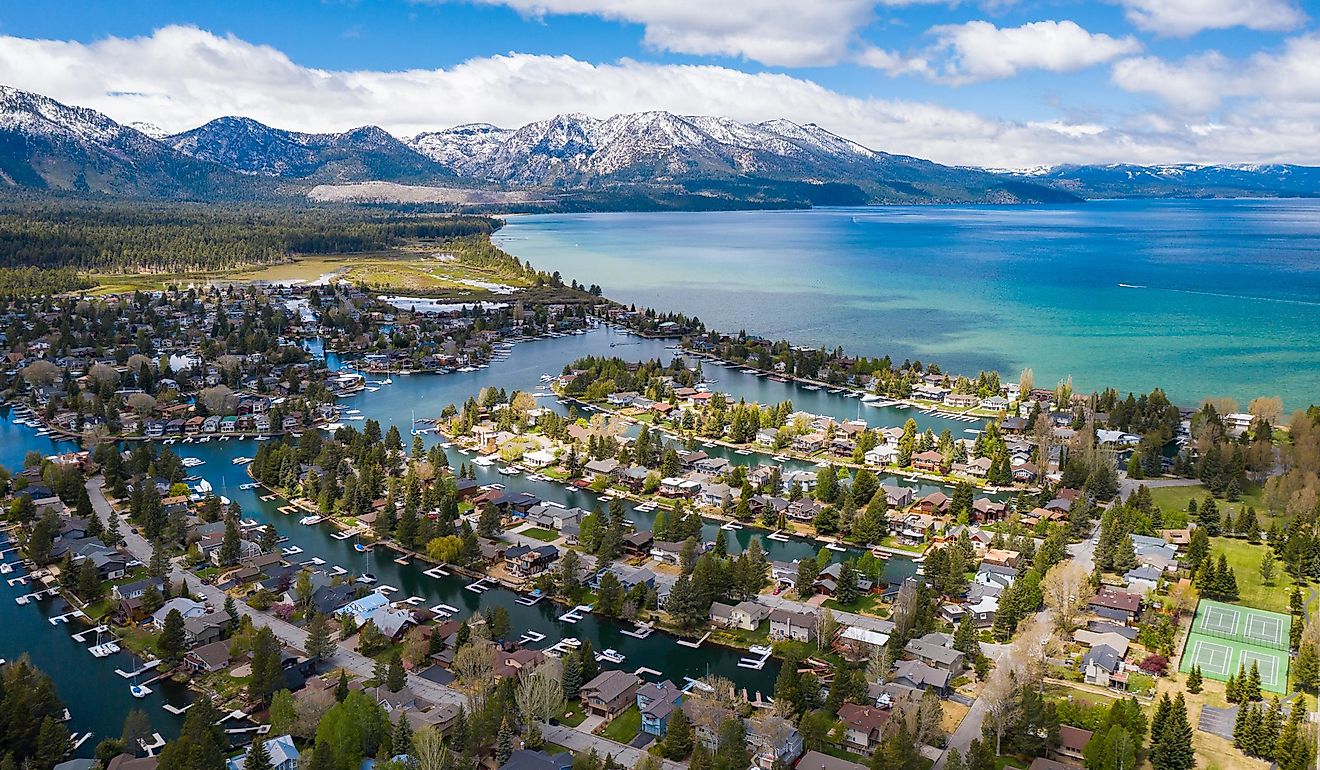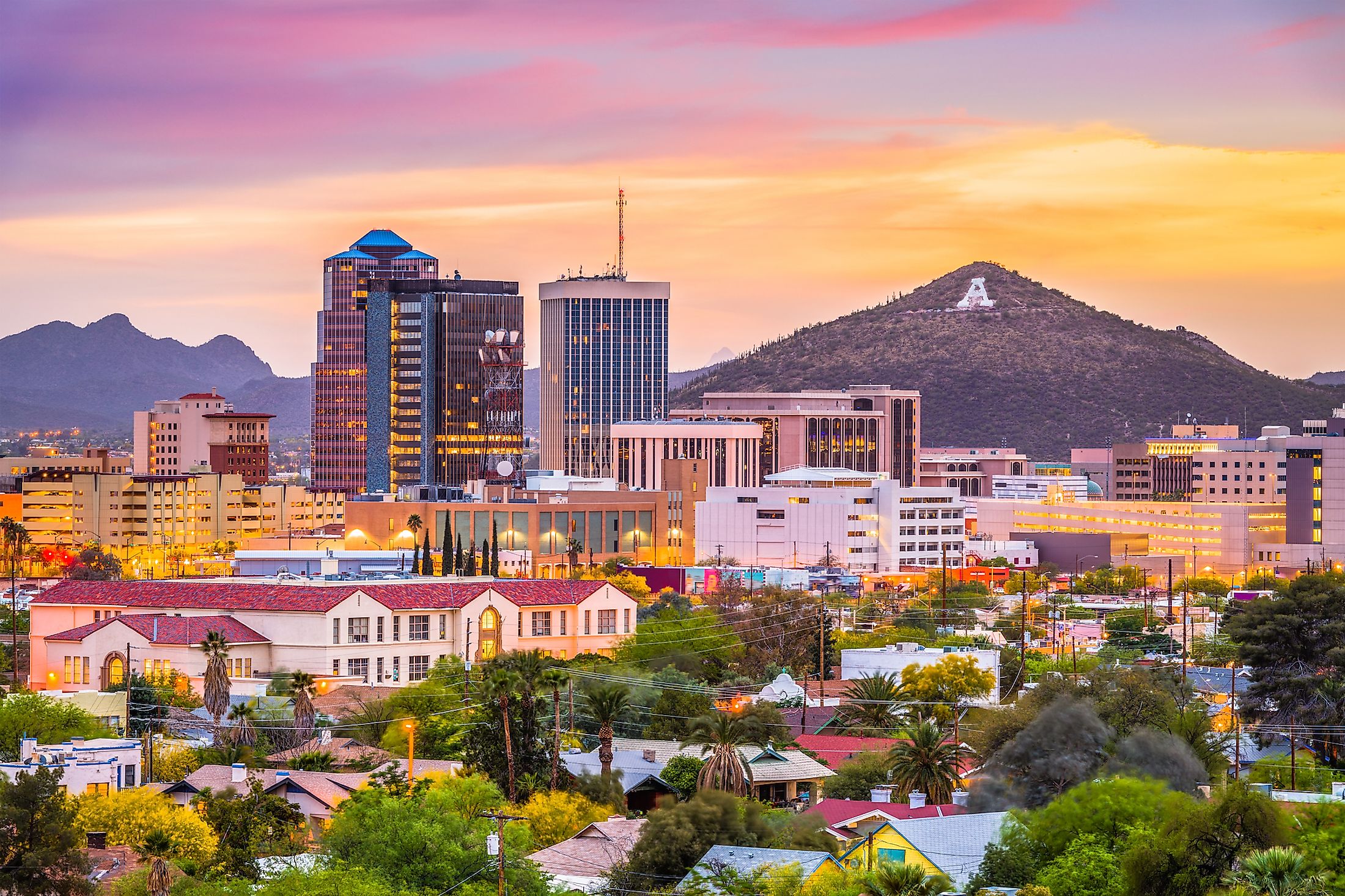
Tucson, Arizona
The seat of Pima County, Tucson, is located in southeastern Arizona. Formed around a walled encampment – or pueblo – in the late 18th century, the city is still sometimes called The Old Pueblo.
The name Tucson comes from the Pima word Stjukshon, or Chuk Shon, which roughly translates to "village at the spring of the black base of the mountain." The most prominent black or volcanic (basalt) mountain in the region is Sentinel Peak of the Tucson Mountains.
With its Spanish origins, and the region's rich Native American history, the city represents a crossroads of cultures. It has been designated a UNESCO City of Gastronomy, the first American city to receive that title. As such, it has a vibrant and diverse culinary scene.
Modern Tucson incorporates several areas spread around the downtown core, along with suburban developments and a diverse economy that includes a strong tourism sector driven by its sunny climate.
Geography Of Tucson
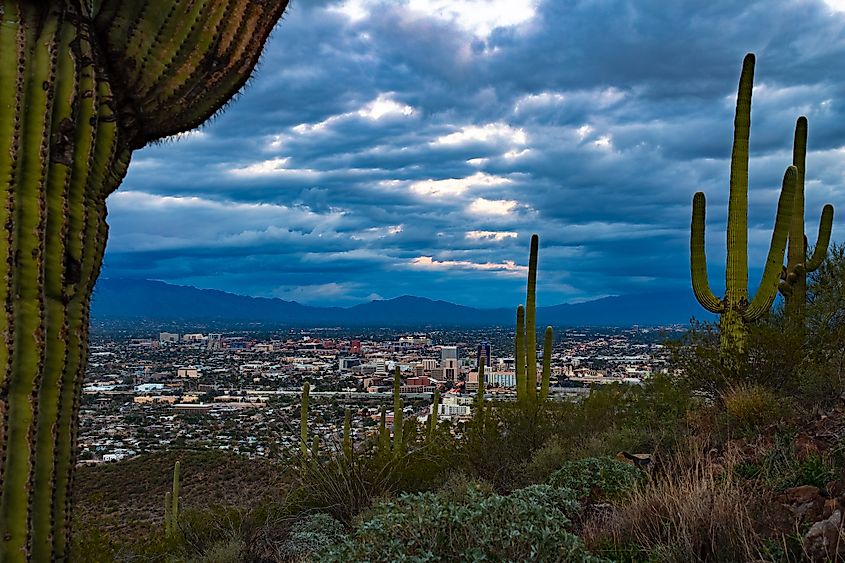
Tucson is located in the Sonoran Desert, the warmest desert region in either the United States or Mexico. Many plants and animals are unique to the rocky desert, including the iconic organ pipe cactus. The city is situated on an uneven plain that lies 2,389 ft above sea level, with surrounding terrain that incorporates hilly regions, rocky canyons, forested mountains, and desert.
Mountains surround the city. To the east lie the Rincon Mountains, with the volcanic Tucson Mountains to the west. The Santa Catalina Mountains occupy the skyline to the north and northeast, with the Torolita Mountains to the northwest. The Santa Rita Mountains extend from the south to the southeast.
The Santa Cruz River, a tributary of the Colorado River, runs through the old neighborhood around the Spanish Presidio de Tucson. The riverbed is typically dry, flowing only during the Monsoon Season. Modern Tucson incorporates several areas spread around the original downtown core and suburban developments.
Climate Of Tucson
Tucson is located in a region officially classified as a hot desert climate (Köppen BWh). The city and region experience two seasons: hot summer with daytime temperatures hovering around 100 °F and mild winter with daytime highs averaging between 65 and 70 °F.
Unlike most other desert regions in North America, summer in Tucson includes a rainy period, with a Monsoon Season that generally runs through July and August until early September. Humidity, low as the summer begins, gradually increases, with skies ranging from cloudless to cloudy by mid-summer. Rains and flash flooding are common.
Spring and fall are generally dry seasons. Temperatures remain fairly constant from summer through October, dropping to their lowest levels in December and January. In the winter, episodes of freezing temperatures and snow are common but usually limited to a few days. Snow occasionally falls in the Santa Catalina Mountain region, creating the southernmost skiing region in the United States.
History Of Tucson
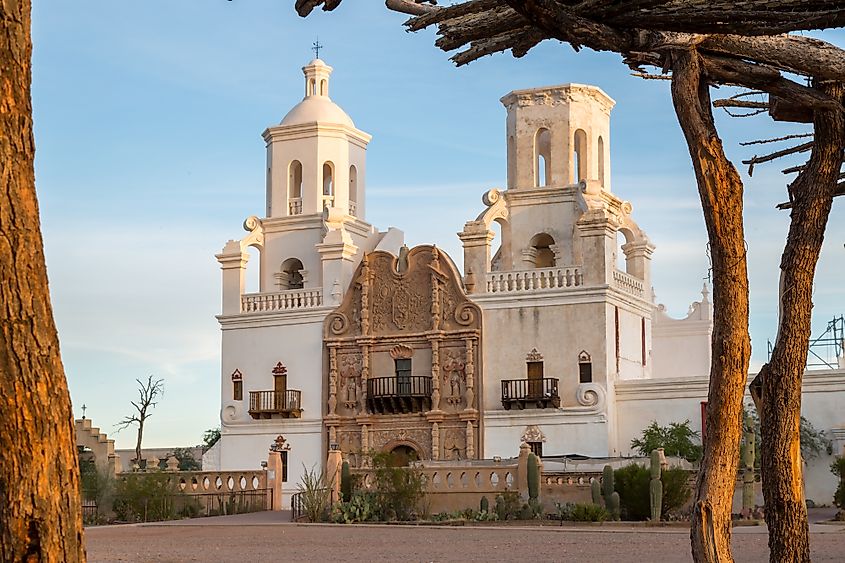
Native Americans have lived in the Pima County area since prehistoric times. The first European settlers to reach the region were Spanish. After first contacting the native Pima and Tohono O'odham (Papago) peoples of the region in 1692, Eusebio Kino, a Jesuit missionary, began to establish missions in the area by 1700.
The Presidio San Agustín del Tucsón was formally established on August 20, 1775, by Hugo Oconór (also known as Hugh O'Conor) as a Regular Spanish Army Lt. Colonel. The fort would be enlarged and reinforced over the next several years, and eventually covered Church to Washington to Congress Streets to the banks of the Santa Cruz River in what is now downtown Tucson.
When Mexico gained independence from Spain in 1821, the city and region became part of the Sonoran region of Mexico. It remained a military outpost.
With the Gadsden Purchase in 1853, Tucson became part of the United States. The city became the capital of the Confederate Arizona Territory from August 1861 until 1862 and remained part of the New Mexico Territory until 1863. From 1867 until 1879, the city became the capital of Arizona Territory.
During the 19th century, the city was part of the frontier period of the western expansion of the United States. The establishment of the University of Arizona's main campus in 1885 led to the modernization of Tucson into the tech and industrial-driven city it is today.
Demographics Of Tucson

After its absorption into the United States of America, Tucson began a period of rapid growth that continues today. Tucson was the largest city in Arizona until 1920 when Phoenix took over that designation.
In 1850, the population was roughly 400. Within two decades, it had increased eight-fold to over 3,200. From 1900 until 2020, Tucson's population went from 7,531 to over 542,000, with over 1 million in the greater Tucson area.
During the Postwar period, Tucson expanded into the suburbs to become the city of many neighborhoods it is today. Modern Tucson is a bilingual city, with about 44 percent of its population Latin American (approximately 36 percent Mexican) and a significant Spanish-speaking minority.
Economy Of Tucson
Advances in technology through the 19rh and 20th centuries (including irrigation methods) gradually spurred the city's growth from a military base to a busy urban area. The University of Arizona's main campus, founded in 1885, is located in Tucson, bringing an academic side to the local economy. The University remains the city's largest employer.
The city saw a spurt of growth throughout the 20th century, starting with the arrival of the Southern Pacific Railroad in 1880 and the discovery of silver and copper mines nearby. The 20th century also saw the institution of a Veteran's Hospital, which boosted the population, and the medical-health sector.
Davis-Monthan Air Force Base provides many civilian jobs as well as military personnel. A solid industrial and tech sector is anchored by the investments of major firms such as Texas Instruments, IBM, and Honeywell Aerospace, among others. Optics and optoelectronics, fuelled by the Steward Observatory at the University of Arizona, are a growing factor in the local economy.
Just over 60 percent of the population works in the civilian labor force, with just under 20 percent employed in the government sector and about 2.2 percent in the military (nearly twice the state average). Tourism brings over $3 billion to the economy of Tucson and the southern Arizona region, with many winter residents drawn from northern areas by the city's dry, warm winters.
Attractions In Tucson
The historic heart of Tucson and the old Presidio is one of Tucson's major attractions. The downtown area is often used for movie shoots due to its unique period architecture.
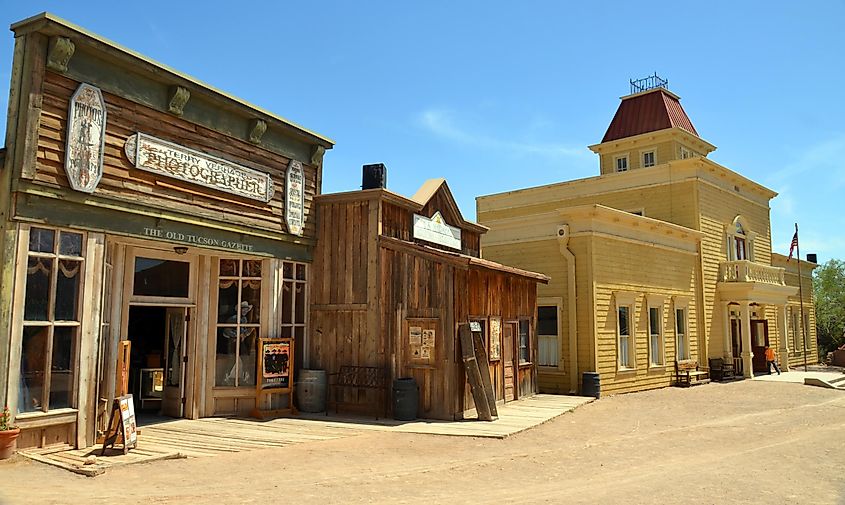
The Santa Catalina Mountains, accessed by the scenic Catalina Highway, offers a wide range of outdoor activities, including hiking, rock climbing, camping, cycling, and snowboarding and skiing during the winter months. The Mount Lemmon Observatory (MLO) is located on the highest peak in the Santa Carolina Mountains, at 9,157 feet.
The desert landscape is spotlighted by the Arizona-Sonora Desert Museum, which incorporates a zoo, natural history museum, and botanical gardens. It is located just outside Tucson in the Tucson Mountains' foothills and near the western segment of the Saguaro National Park. The Park has two halves, one to the east and the other to the city's west.
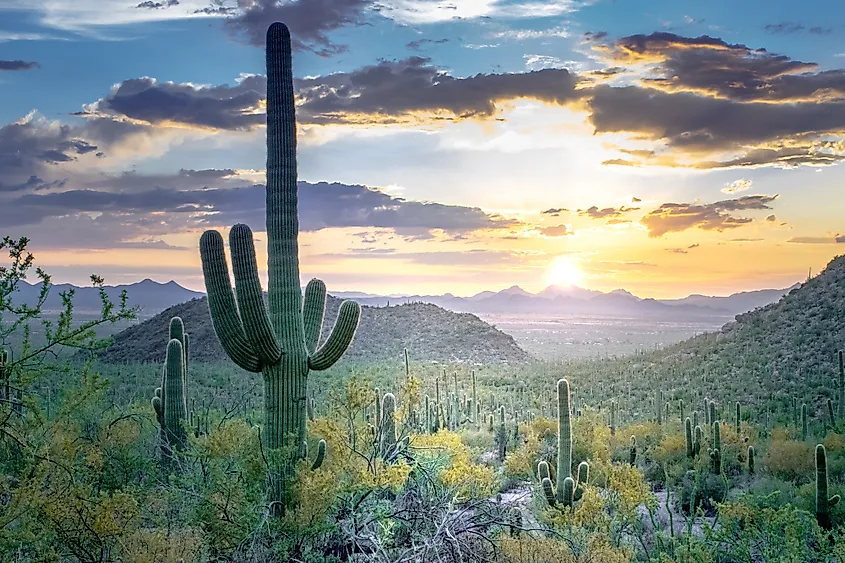
The Kitt Peak National Observatory (KPNO), an astronomical observatory, is located 50 miles outside Tucson on the Papago Indian Reservation in the Quinlan Mountain Rane. The elevation of 6,888 feet, and clear desert weather, make it an ideal location. It houses the largest telescope designed to study the sun.
The desert plain that houses Tucson was formed by the runoff from the mountains surrounding it. Sentinel Peak, at 2,897 ft, lies southwest of the city's downtown. At the base of Sentinel, also called "A" Mountain after the Arizona State University logo installed on its hillside, there is an archaeological site where artifacts dating back 4,000 years have been discovered. The symbol neatly draws the outlines of Tucson's journey from Native American settlement through to its knowledge-fuelled growth in the 21st century.

